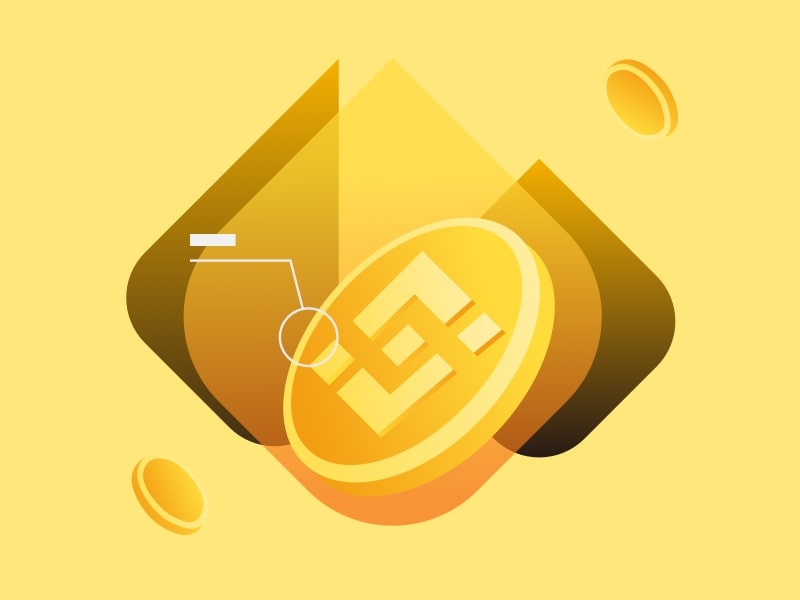What is Hashrate?

If you’re starting to dive deeper into Bitcoin mining, you’ve probably heard the term hash rate a lot. Hashrate is an important component in keeping Bitcoin safe. Hashrate shows how many computations the hash algorithm can process per second. The higher the hash rate, the more secure the Bitcoin network is against potential network attacks. The more hashes that can be processed, the higher the possibility for miners to get new Bitcoin rewards.
What is Hashrate?
Before we learn about hashrate, first we need to know what a hash is. A hash is a fixed-length alphanumeric code used to represent a word, message, or data. Hash is a fingerprint or summary of digital data. Each crypto-asset uses different hashing algorithms to generate different types of hash codes – these algorithms generate random alphanumerics. These alphanumeric codes are numbers written in hexadecimal notation.
When mining crypto assets, miners have to compete by using their mining engine to guess the hash output. More specifically, miners try to generate a hash that is lower than or equal to the numeric value of the target “hash” by changing a single value called a nonce. Every time the nonce changes, then a completely new hash will be created. Basically, the mining machine’s function is to guess the numbers and letters from this hash.
Since each generated hash is random and impossible to predict, millions of hash guesses are required. Hashrate is a unit for measuring the speed of a computer or mining machine to perform hashing. The amount of hashing performed by this mining machine per second is what we call the hashrate.
Hashrate is calculated based on how many hash computations can be performed by a machine per second. Mining machines usually use the following hashrate units:
- 1 Kilo (kH/s) is equivalent to one thousand hashes per second
- 1 Mega (MH/s) is equivalent to 1 million hashes per second
- 1 Giga (GH/s) is equivalent to 1 billion hashes per second
- 1 Tera (TH/s) is equivalent to 1 trillion hashes per second
- 1 Map (PH/s) is equivalent to 1,000 trillion hashes per second
- 1 Exa (EH/s) is equivalent to 1 million trillion hashes per second
The higher the hashing power of the miner’s machine, the more likely it is to guess the hashing and thus the miner will be more likely to get Bitcoin rewards.
Why is Hashrate important?
Hashrate represents the total amount of power of the cryptocurrency network. For example, the total Bitcoin hash rate currently is over 100 Exahash. In the sense that every second, miners process as many as 100 million trillion hashes in the Bitcoin network.
By knowing the hashrate, we can assess the strength and the security of the blockchain network. The more machines used for hashing, the higher the hashrate of the network and the harder its gets to attack the network.
For example, a 51% attack can only be carried out if a single individual or a group of attackers control more than 50% of the hash rate of the blockchain. For a big blockchain network like Bitcoin, this is very difficult to do, because it means malicious miners must be able to process more than 50% of the available hash rate, which requires an incredible amount of energy and resources.
What is the relationship between hashrate and mining difficulty?
The more hashing conducted by the miners, the more hashrate or the more “guesses” are generated. The more guesses you have to make, the more likely the correct hash will be found immediately. New blocks are expected to be discovered at a constant rate of once every 10 minutes. If the miner manages to find a new block in less than 10 minutes, the difficulty level for mining will be increased. If the miner finds a new block for more than 10 minutes then the difficulty level for mining will decrease. This is known as mining difficulty.
Mining difficulty can also change if more machines participate in mining. The more online mining, the mining hashrate will increase, so the mining difficulty will also be increased. If there are fewer miners online, the hashrate will decrease, so mining difficulty will also decrease. Mining difficulty is set every 2,016 blocks or on average about once every 2 weeks.
We can take an example of an event in June 2021. At that time, the Chinese government banned Bitcoin mining, which caused many miners to go offline and move to different locations. Because many miners are offline, the hashrate is decreasing but at that time mining difficulty has not been adjusted yet. So it is getting harder for a miner to find the right hash, thus one confirmation of Bitcoin transactions took longer until it reached 24 minutes. After the mining difficulty occurs, the mining difficulty is adjusted to the number of online miners, and Bitcoin transaction confirmation returns to normal once every 10 minutes.
Mining Difficulty is also closely related to the cost of electricity and the market price of Bitcoin to pay for electricity. The more difficult it is to do hashing, the miner’s electricity cost will also be higher.
With mining difficulty, the Bitcoin network will continue to run even if the number of miners decreases. And the Bitcoin network will always be safe regardless of how many miners are involved in the mining process.
What is the function of hashrate in the Bitcoin mining industry?
It is undeniable, that cryptocurrency and Bitcoin mining has turned from a hobby of a few people to a multi-million dollar industry. One of the ways to increase the hashrate is to develop a special chip such as an ASIC (Application Specific Integrated Circuit) where this machine only functions to run the hashing process with a certain algorithm. Due to the increasing difficulty of hashing, the processor or the machine to mine Bitcoin must also be stronger. Bitcoin miners can choose a mining machine based on the strength of the mining hashrate. The greater the hashrate power of bitcoin, the more hashing that can be done by miners, so that the probability to win the bitcoin reward is greater thus result in higher profitability.
For example, the Whatsminer M30S++ ASIC engine has a power of 110 TH/s and can generate 0.000762 BTC while the Antminer S9 ASIC engine only has a power of 13.5 TH/s and can only produce an average of 0.000094 BTC per day. The GPU engine can only process a maximum of Megahash per second, so the profitability of mining Bitcoin using a GPU engine is currently low because the GPU hashrate is much lower than ASIC hashrate, but mining with GPU is still very profitable for other coins apart of Bitcoin.
What is the function of the hashrate in the Bitcoin mining industry?
It is undeniable, that cryptocurrency and Bitcoin mining has turned from a hobby of a few people to a multi-million dollar industry. One of the ways to increase the hashrate is to develop a special chip such as an ASIC (Application Specific Integrated Circuit) where this machine only functions to run the hashing process with a certain algorithm. Due to the increasing difficulty of hashing, the processor or the machine to mine Bitcoin must also be stronger. Bitcoin miners can choose a mining machine based on the strength of the mining hashrate. The greater the hashrate power of bitcoin, the more hashing that can be done by miners, so that the probability to win the bitcoin reward is greater thus result in higher profitability.
For example, the Whatsminer M30S++ ASIC engine has a power of 110 TH/s and can generate 0.000762 BTC while the Antminer S9 ASIC engine only has a power of 13.5 TH/s and can only produce an average of 0.000094 BTC per day. The GPU engine can only process a maximum of Megahash per second, so the profitability of mining Bitcoin using a GPU engine is currently low because the GPU hashrate is much lower than the ASIC hashrate, but mining with GPU is still very profitable for other coins apart of Bitcoin.
With the growing interest in mining crypto assets, mining machine manufacturers are competing to get hardware with the best strength. Because the world is currently experiencing a chip scarcity, this causes new issues in the mining industry. Mining competition is becoming more intense as access to suitable hardware becomes more difficult.
Share


